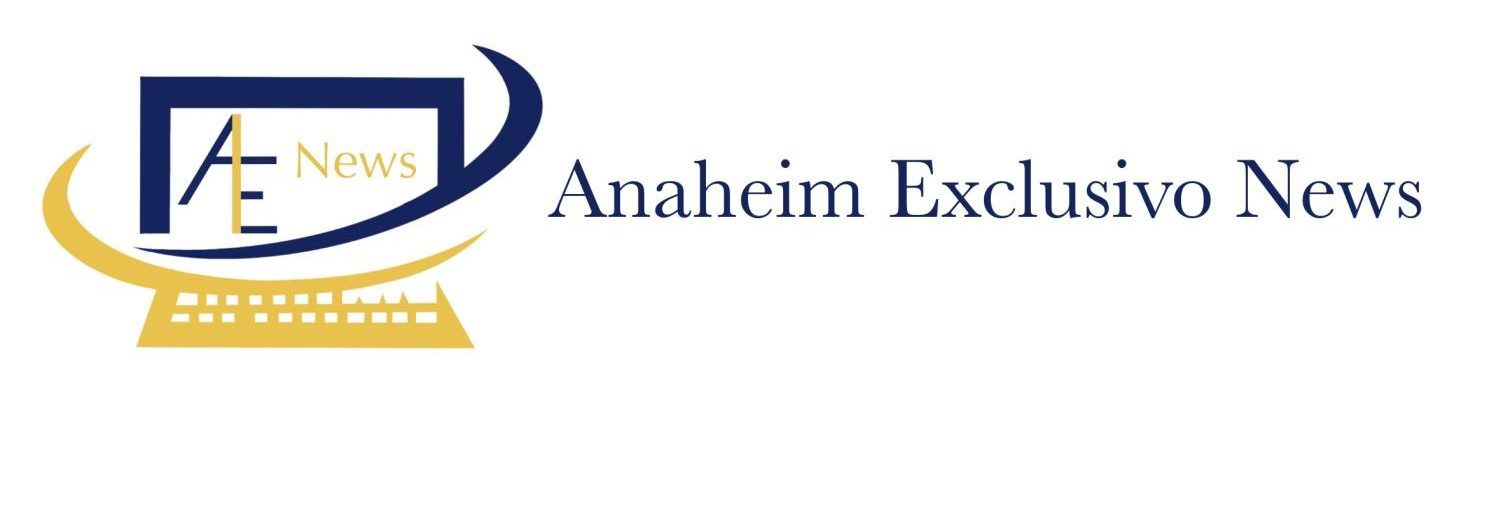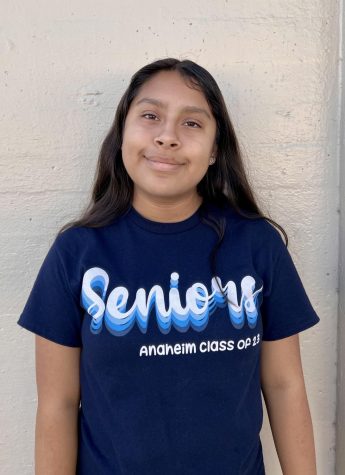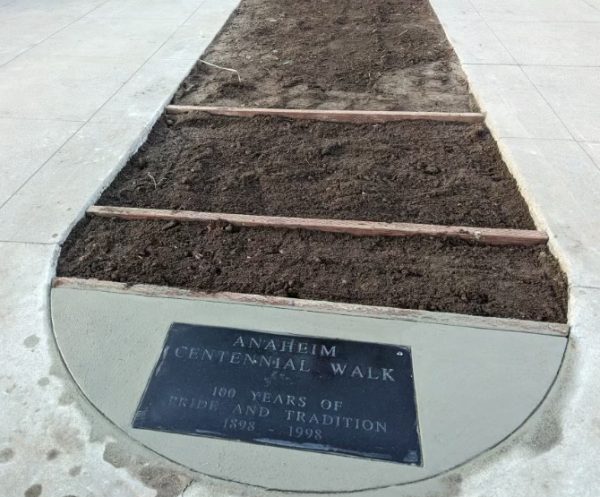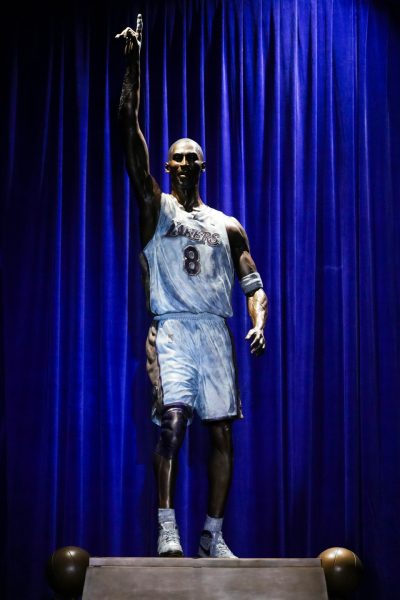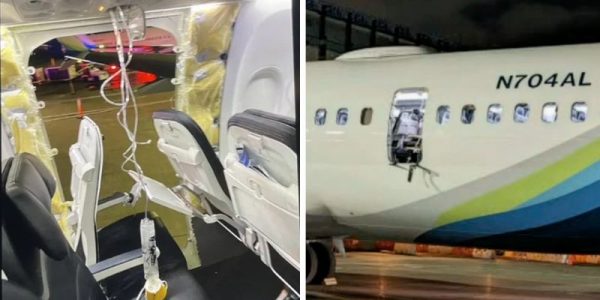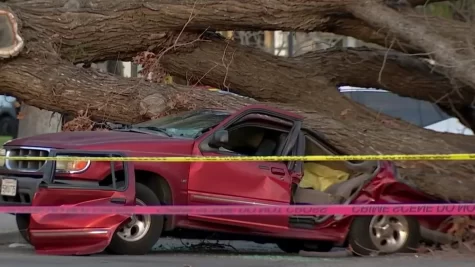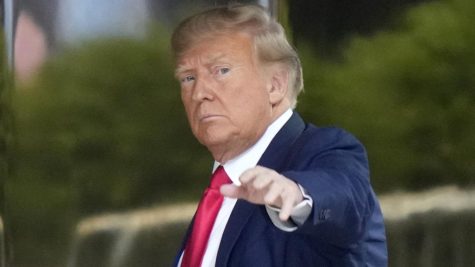Russia-Ukraine Conflict Explained
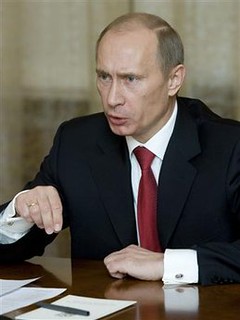
Russian President Vladimir Putin REUTERS/Sergei Karpukhin
March 1, 2022
Fear has spread over the possibility that the Russia and Ukraine conflict will culminate in a disastrous war. Russia’s current president Vladimir Putin has made headlines as Russia invades neighboring country, Ukraine. Many people attempt to leave Ukraine, and President Joe Biden has announced new sanctions.
In an official statement issued on February 23rd, Putin announced that Russia would conduct an entire military operation in Eastern Ukraine and warned outside countries not to interfere. Bombs have been launched, and many Ukrainian citizens have evacuated the country in fear. President Joe Biden announced on February 24th that new economic sanctions would be used to punish Russia’s actions for attacking Ukraine. This formally places the United States on Ukraine’s side, but this does not directly apply to the frontlines. Biden also stated, “I’ve authorized the deployment of ground and air forces already stationed in Europe to NATO’s eastern flank Allies: Estonia, Latvia, Lithuania, Poland, and Romania.”
Without the proper historical context, we cannot fully understand the conflict. We must first understand the connection that these two countries share. Historically they have been close because they were once part of the Soviet Union. Although many other countries were also a part of this now fallen world power, Ukraine and Russia were also a part of Kievan Rus, an old medieval territory with cultural relevance to both countries.
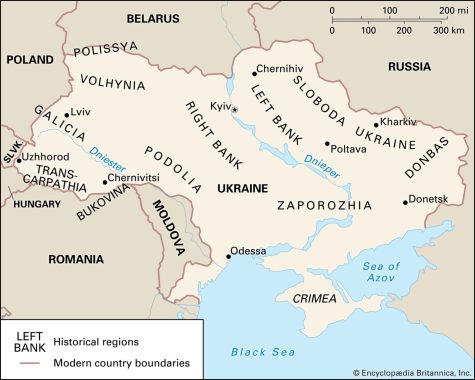
Kievan Rus was the first East Slavic state; its era is considered to be the formative stage of both Ukraine and Russia. Despite these close ties, Ukraine drifted away from Russia after the fall of the Soviet Union and has since then become more integrated with the Western world.
Many other countries that were once part of the Soviet Union have also shown interest in integration with the West; five former Soviet states have displayed interest or are now a part of NATO. NATO stands for the North Atlantic Treaty Organization; a military alliance originally formed to secure peace in Europe and counter the threat that the Soviet Union proposed in 1949. The organization now remains as a link across the Atlantic Ocean that “ensures that the security of its European member countries is inseparably linked to that of its North American member countries… it also provides a unique forum for dialogue and cooperation across the Atlantic,” according to NATO’s official website.
Given this organization’s goal involving Western influence on East European countries, Russia has opposed Ukraine’s interest in joining the organization. More than 170,000 Russian soldiers were sent to surround the country of Ukraine as a response to Russia’s list of demands not being met by NATO. In this list of demands, Putin demanded that NATO stop its eastward expansion, deny membership to Ukraine, and stop troop deployment in countries that had joined after 1997.
Ukraine also had two revolutions in the past, which many people claim led to today’s current events; one took place in 2005 and the other in 2014. The 2014 revolution was on February 4th. This revolution involved mass protests that drove out President Viktor Yanukovych, who favored Russian influence on Ukraine. One month after the revolution, Russia annexed the peninsula of Crimea, a strategically important base for the Russian navy in Sevastopol.

ВО Свобода, Via Creative Commons
This incredibly violent event caused nearly 14,000 deaths and internally displaced many Ukrainians. Throughout all these events, Putin has repeatedly expressed his firm belief that Ukraine and Russia are the same culturally and politically, therefore making them “one people.” The country of Ukraine does not entirely agree with Putin’s statement. The Russian-speaking East mostly does believe in Ukraine, and Russia is similar, but the Ukrainian-speaking population in the West has displayed support for more integration with Europe instead. The current president of Ukraine, Volodymyr Zelenskyy, spoke out against Putin’s claims when he said, “You are told that this blaze will bring freedom to the people of Ukraine, but the Ukrainian people are free.”
